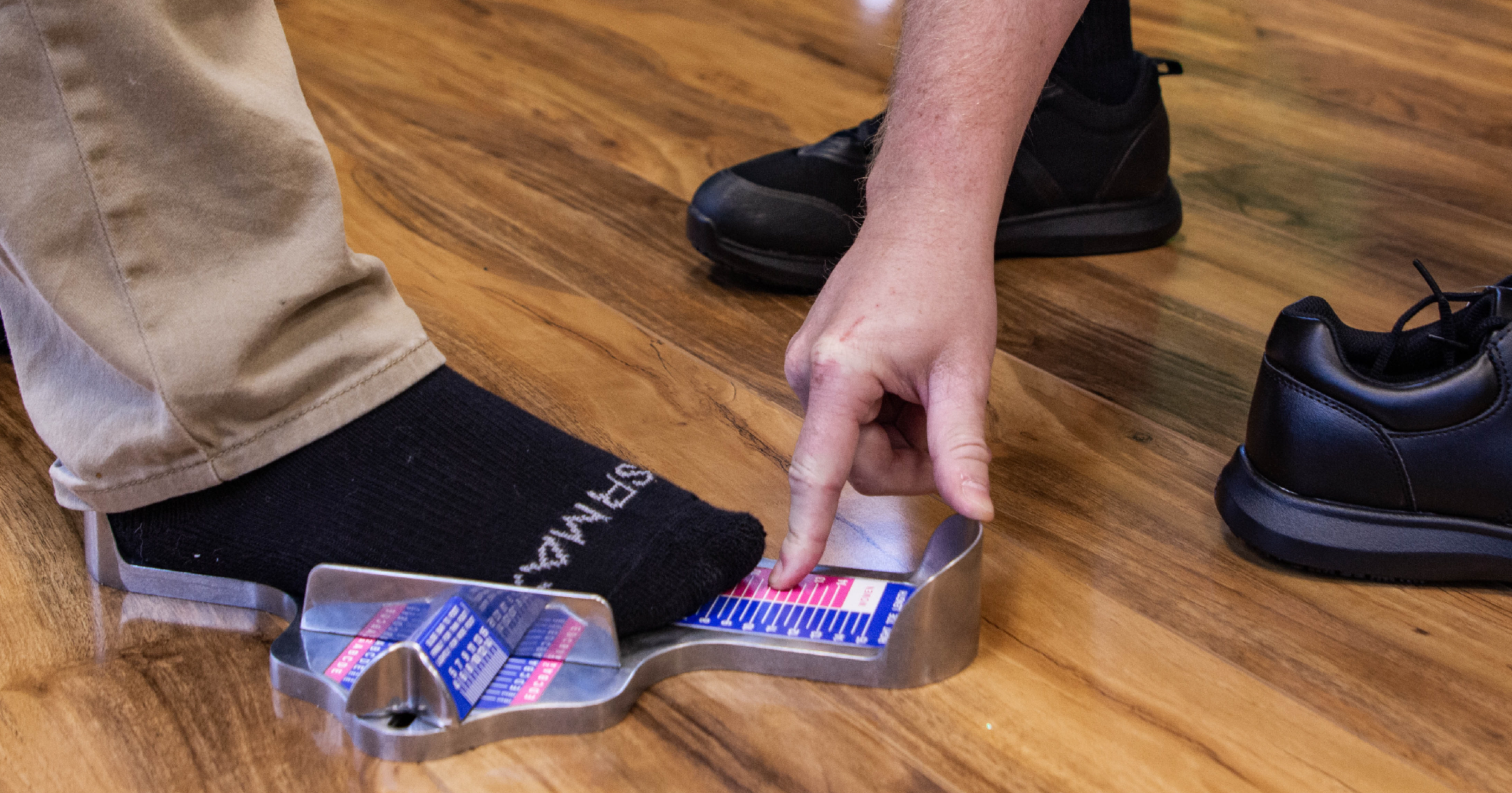08/06/2024
Myth Busting: Safety Shoe Edition

Our in-house customer service team gets tons of questions every day. And although they run the gamut, we noticed some commonly held myths. These are a big deal because they often negatively influence how people shop. So, to ensure that your team’s getting the right shoes for their feet and work conditions, we’re setting the record straight and kicking these misconceptions to the curb for good.
MYTH 1: ELECTRICAL HAZARD SHOES CAN’T HAVE STEEL TOES.
A big question is how electricity interacts with steel toe shoes. A common concern is that the steel toe cap could send a potentially dangerous electrical current directly into the wearer's body. That's an easy assumption to make since metal is an excellent conductor. But the key to EH designated footwear is that it is made with nonconductive soling and construction. This means that the electrical charge is blocked from making contact with the ground. It’s a lot like sitting in a pickup truck during a lightning storm. The rubber tires prevent the electric charge from completing the circuit and traveling into the ground, keeping the driver completely safe. All you need to look for are shoes labeled with ASTM 2413-18 I/C/EH.
 MYTH 2: SAFETY SHOES ARE CHUNKY AND UNFASHIONABLE.
MYTH 2: SAFETY SHOES ARE CHUNKY AND UNFASHIONABLE.
This myth might’ve actually been true at one point, but safety footwear has come a long way in terms of style. In fact, lots of safety shoes have gone down in the books as classics, evoking feelings of nostalgia for many wearers. You’ve got everything available to you, like the iconic Timberland PRO® Direct Attach, or the dressier options from Florsheim Work, or even the more casual styles from SKECHERS and Reebok Work. In fact, while some brands might be stuck in the stone ages, most brands have some pretty amazing looking options available.

MYTH 3: SAFETY SHOES ARE ONLY DESIGNED WITH MEN IN MIND.
This one actually used to be the rule, but things have changed a lot over the years. One of our favorite brands that’s made a huge impact in this arena is Xena Workwear. Xena offers safety shoes designed by women, for women. That’s a good thing because there are some major differences in men’s and women’s feet, from the arch to the instep and more. Those differences are some of the unique variables that account a lot for comfort. For more options that are specifically designed with women’s feet in mind, check out KEEN Utility, Timberland PRO®, HYTEST and SKECHERS Work.
 MYTH 4: SAFETY SHOES ARE UNCOMFORTABLE.
MYTH 4: SAFETY SHOES ARE UNCOMFORTABLE.
Only if you’ve got the wrong fit. Whether we’re talking about width, arch height, instep shape or size, everyone’s feet are different. That means finding comfortable shoes of any kind requires you to take these differences into account. Imagine the pain that would result from wearing a standard medium width safety boot when what you really need is an extra wide. By the end of the day your feet will be screaming at you. But the same shoe purchased in an extra wide size might feel unbelievably comfortable. Check out our blog here for more details on how to find perfect fitting safety shoes. Or, if you’re near one of our retail locations one of our shoe experts will help you find the perfect fit. And if you’re one of our corporate clients, check with your dedicated account manager to see if you qualify for an onsite Mobile Shoe Store visit, where we’ll come right to your facility and make sure each team member has the best safety shoes for their feet.

MYTH 5: THE STEEL IN STEEL TOE BOOTS CAN BEND AND INJURE TOES IF A HEAVY OBJECT LANDS ON IT.
There’s actually a good bit of industry research on this point. In one study by the National Library of Medicine, researchers looked into what would happen if you dropped 150 pounds of dead weight onto your foot from three feet off the ground. If you were wearing a standard shoe, foot fracture is highly likely. But, if you’re wearing a steel-toed shoe, the steel does not further injure your foot; instead, it reduces your chances of a fracture by 67%. That’s a huge increase in personal safety, and all it took was wearing the right shoes for the kind of work being done.

There you have it, five misconceptions set straight. Hopefully, these will help you and your employees land the perfect fitting safety shoes that suit the job at hand and stand the test of time. After all, you should be able to count on your safety shoes, especially on the tough days.
Ready to learn more about how our custom corporate safety shoe programs give your employees more of the protection and comfort they need?
Categories: Product Information | Authored by: Bryan McMillan, Copywriter | Posted: 08/06/2024


